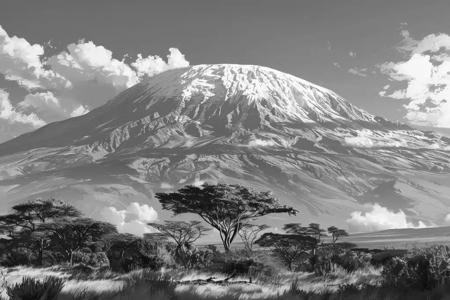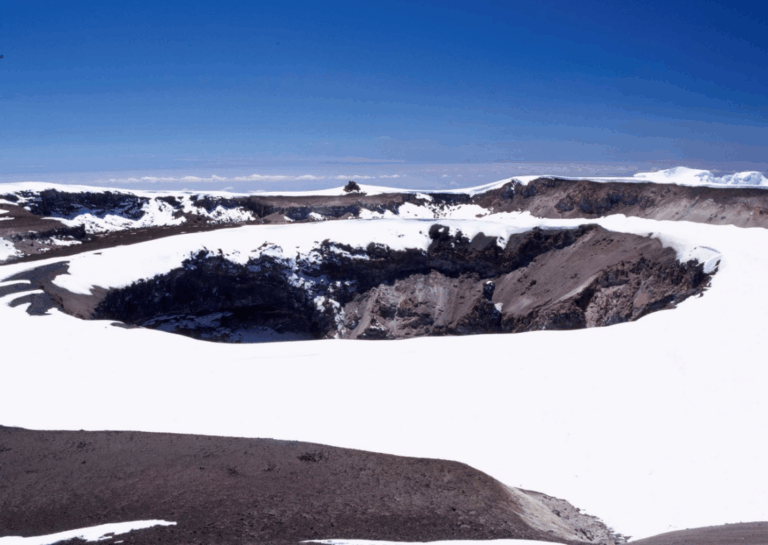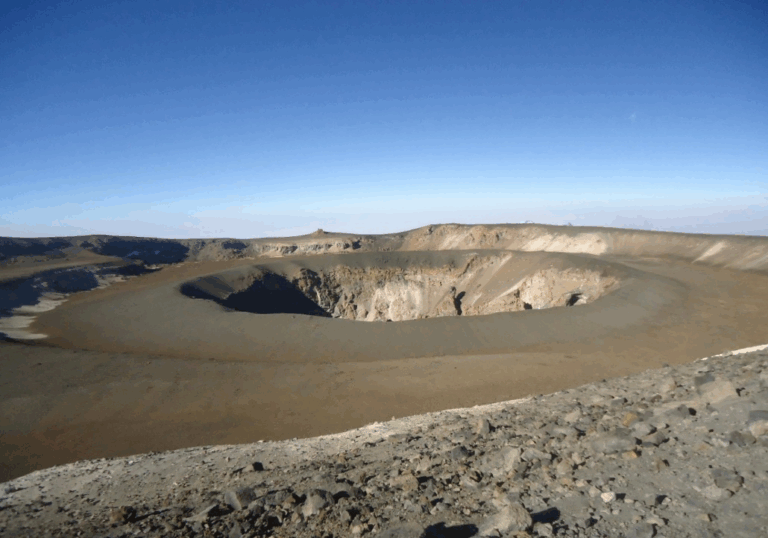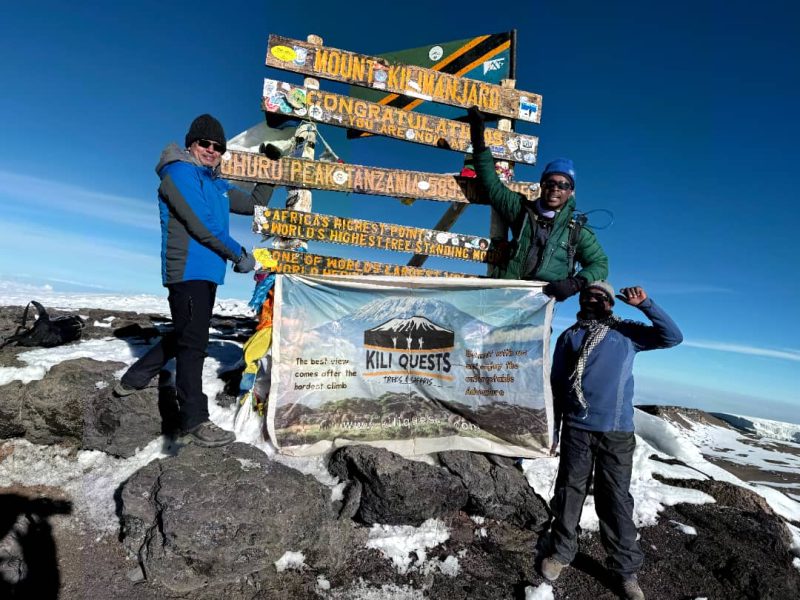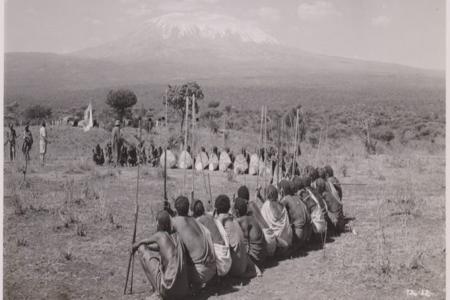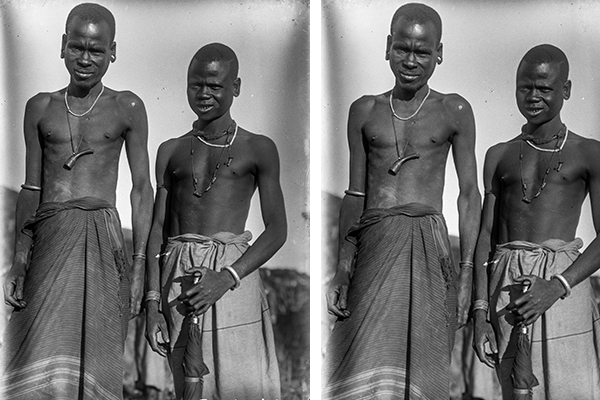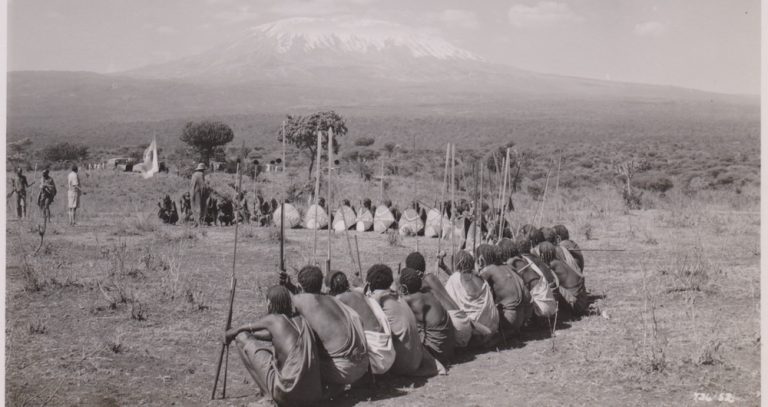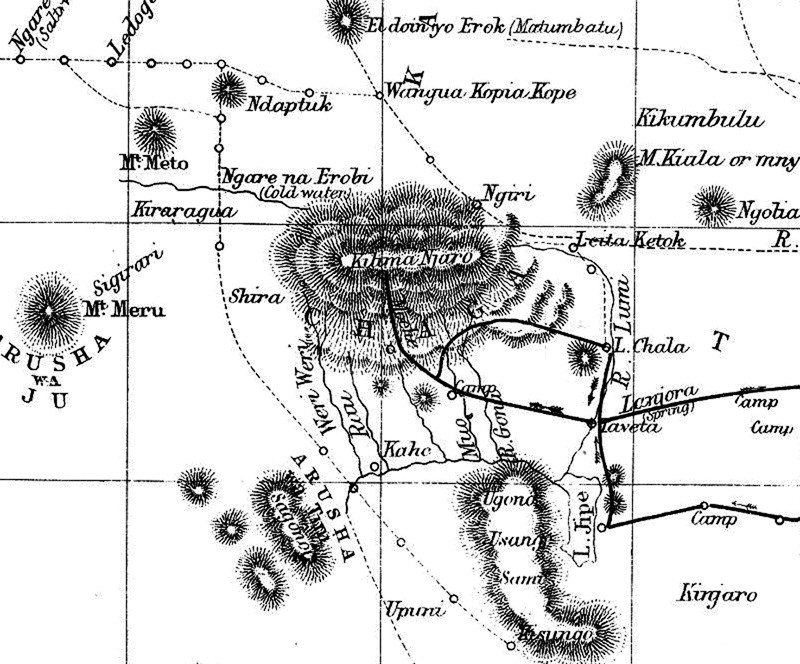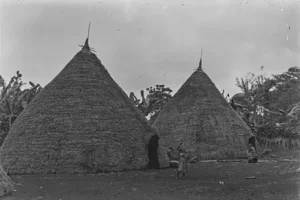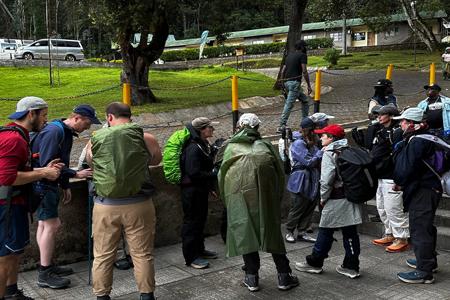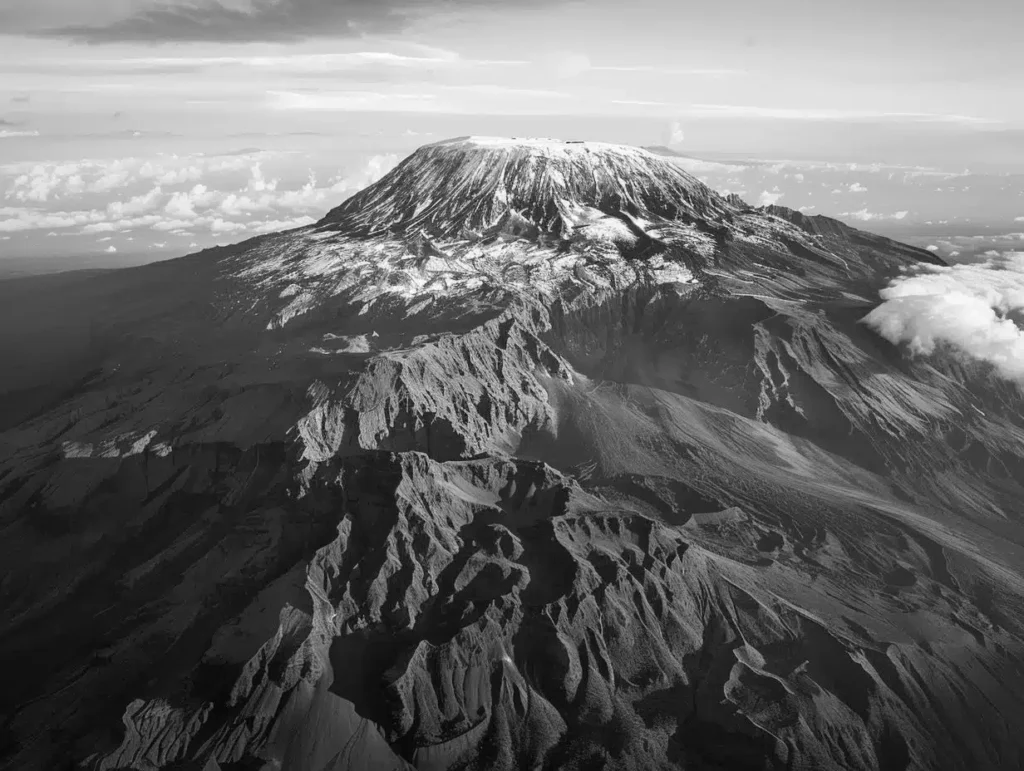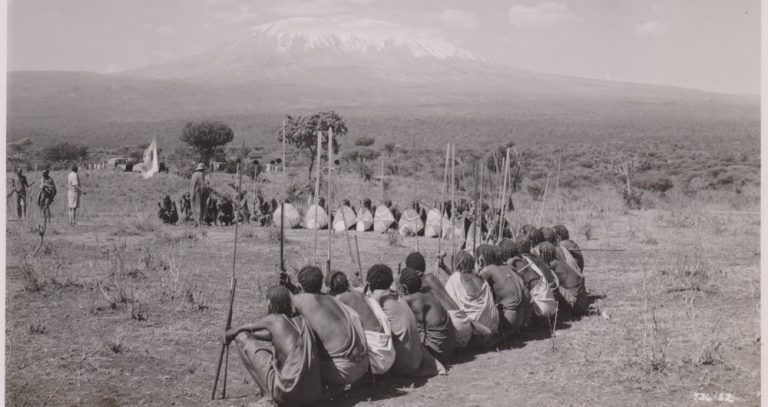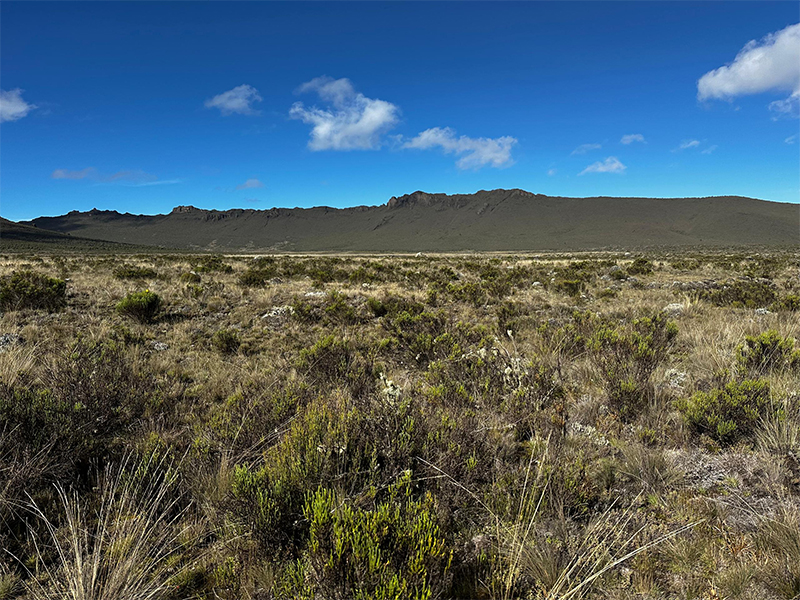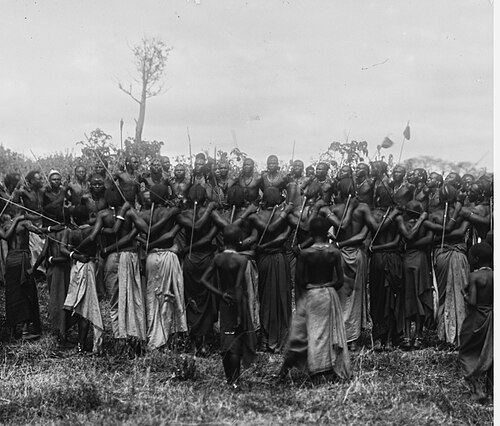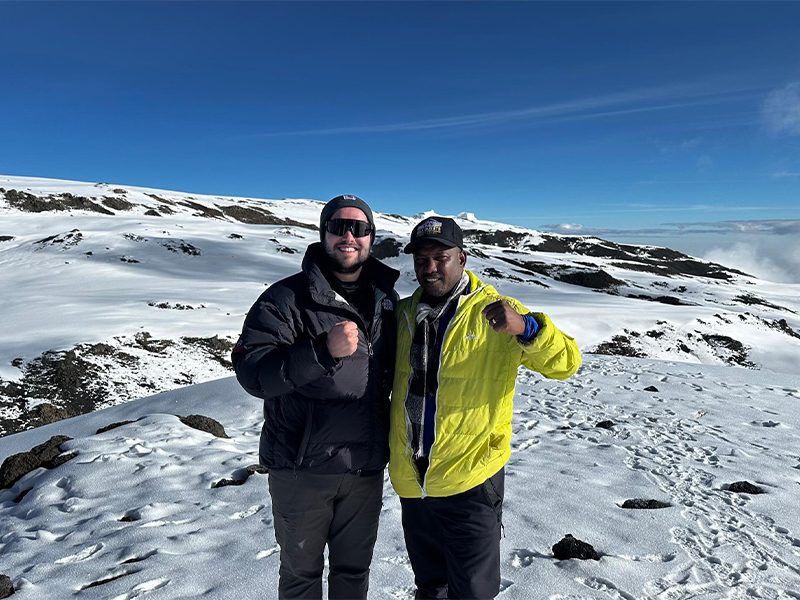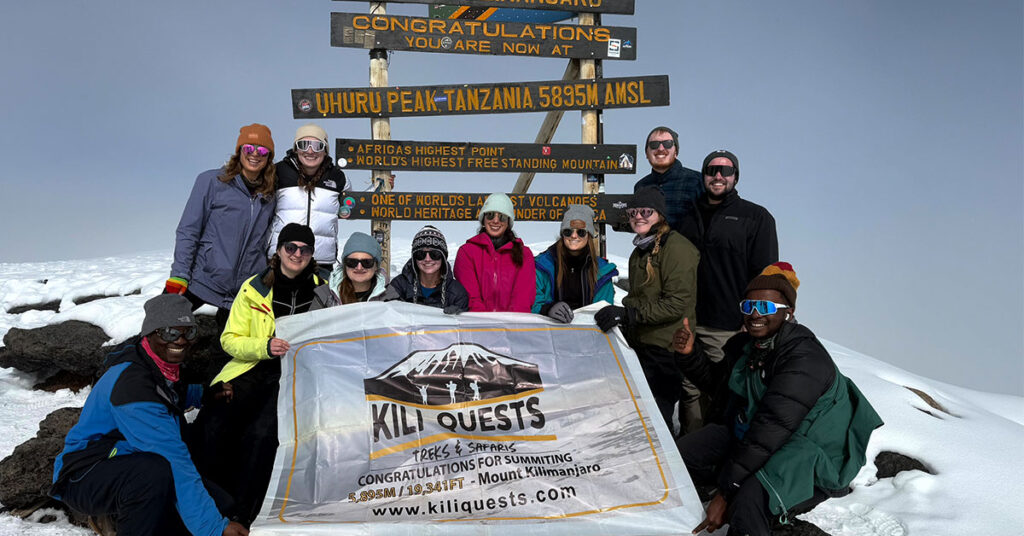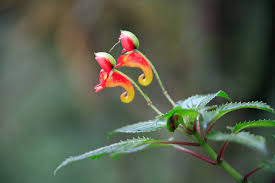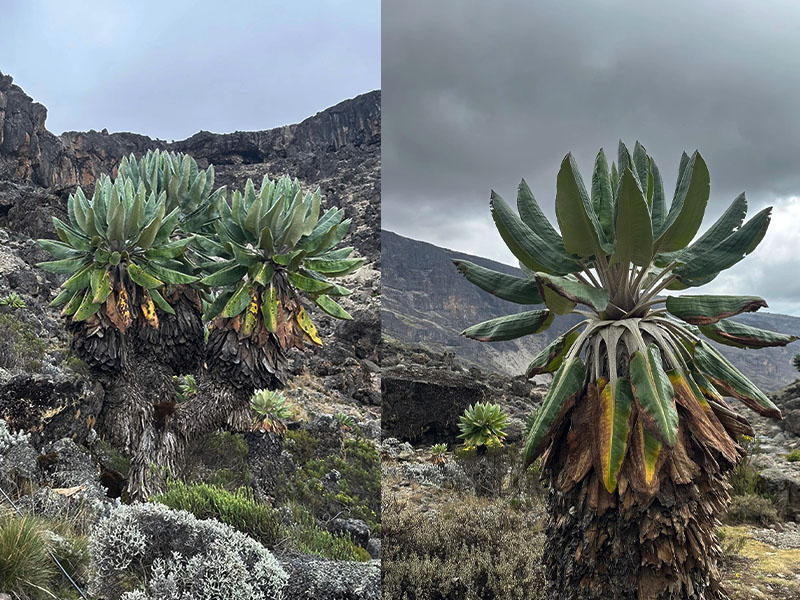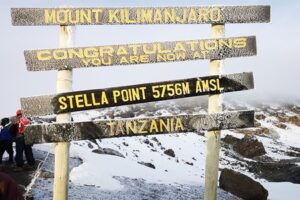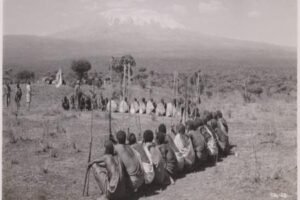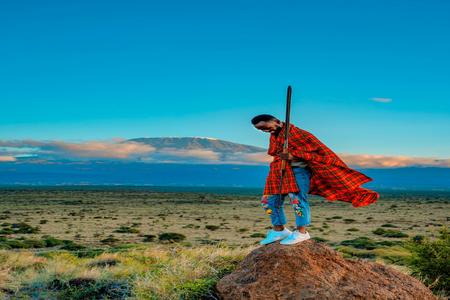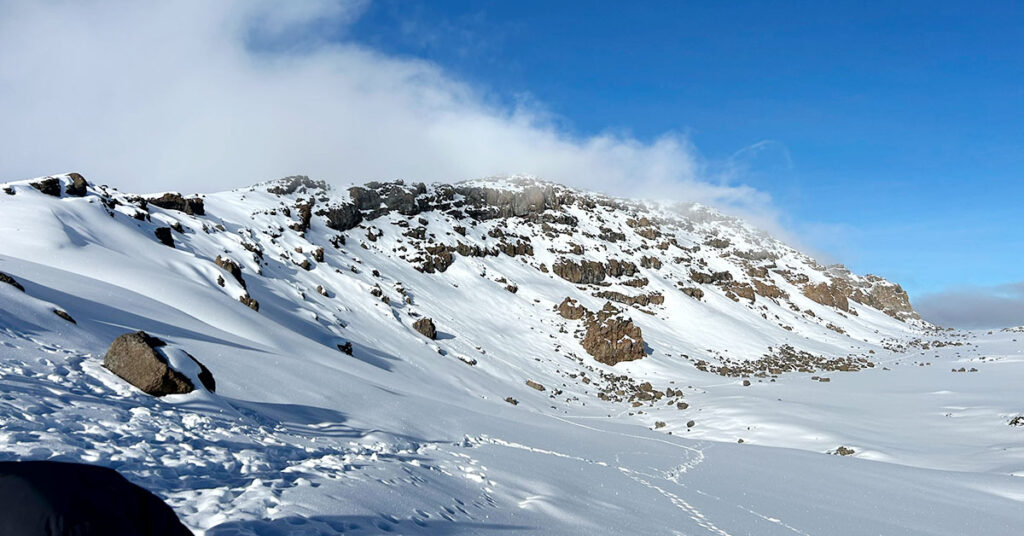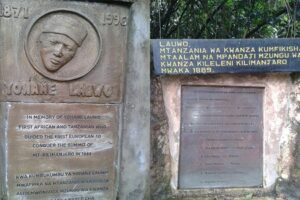Table of Contents
Is Kilimanjaro a World Wonder? + UNESCO Facts | Kili Quests
Kilimanjaro’s Legendary Status
Mount Kilimanjaro is not only the tallest mountain in Africa — it’s a symbol of endurance, freedom, and natural wonder. Rising 5,895 meters (19,341 feet) above sea level, Kilimanjaro stands alone, surrounded by the plains of Tanzania. But a question many trekkers and travelers ask is:
Is Mount Kilimanjaro one of the Seven Wonders of the World?
In this article, we explore Kilimanjaro’s global recognition, its UNESCO World Heritage Site status, and whether it’s officially considered a natural wonder of the world.Discover why Kilimanjaro stands out as Africa’s most recognizable natural icon

What Are the Seven Wonders of the World?
There are several recognized lists of “wonders,” each with different criteria:
The Ancient World:
- Includes man-made marvels like the Great Pyramid of Giza (the only surviving structure)
The Natural World:
- Focuses on natural beauty, scale, and uniqueness (e.g. Grand Canyon, Great Barrier Reef)
The Seven Natural Wonders of Africa (by Seven Natural Wonders Organization):
Tanzania is home to three of these:
- Mount Kilimanjaro
- Serengeti National Park
- Ngorongoro Crater
Although Kilimanjaro is not officially one of the Seven Natural Wonders of the World, it is commonly included in unofficial global lists and stands out as one of Africa’s greatest icons. Learn the basics of Kilimanjaro — from its geology to global importance.
Kilimanjaro’s UNESCO World Heritage Status
Mount Kilimanjaro was inscribed as a UNESCO World Heritage Site in 1987, a recognition of its:
- Exceptional natural beauty
- Unique glaciers and volcanic formations
- Wide range of ecosystems — from tropical rainforest to arctic summit
- Deep cultural and spiritual value to the Chagga and other local tribes
Tanzania’s Other UNESCO Sites
Kilimanjaro is just one of seven UNESCO World Heritage Sites in Tanzania, which include:
- Serengeti National Park – Known for the Great Wildebeest Migration
- Ngorongoro Conservation Area – A massive volcanic caldera and habitat for wildlife and pastoralists
- Stone Town of Zanzibar – A cultural and historic blend of Swahili, Arab, and European influences
- Selous Game Reserve (now Nyerere National Park)
- Kondoa Rock-Art Sites
- Ruins of Kilwa Kisiwani and Songo Mnara
Together, they showcase the diversity of Tanzania’s natural and cultural heritage — and affirm its place as one of Africa’s most rewarding travel destinations.
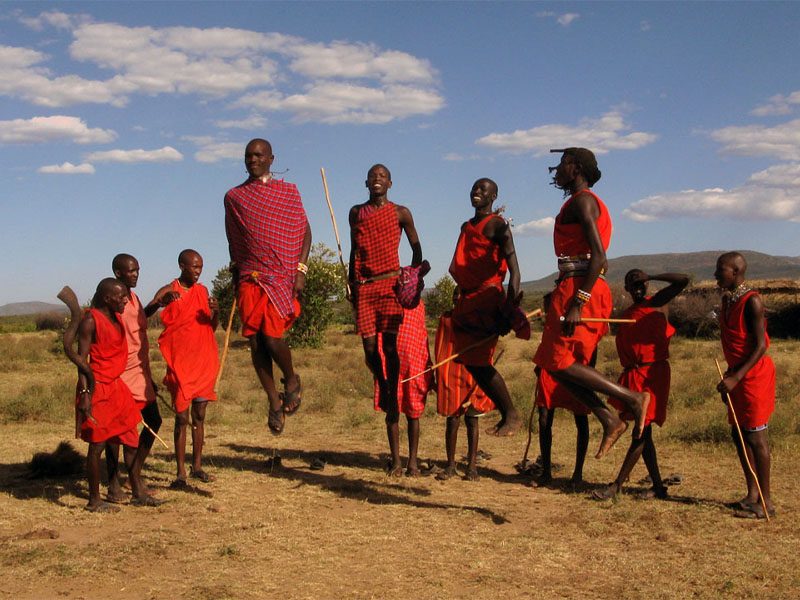
Why Kilimanjaro Is Still a Wonder in Every Way
Even if Kilimanjaro isn’t officially on the list of the “Seven Wonders,” it absolutely fits the definition. Here’s why:
It’s the tallest mountain in Africa
- And the world’s highest free-standing mountain (not part of a mountain range)
It’s a volcanic giant
- Formed by three cones: Kibo, Mawenzi, and Shira
It has five ecological zones
- From lush rainforest to arctic summit — all in one climb
It features iconic glaciers at the top
- Though melting, they’re still a striking symbol of Africa’s roof
It holds spiritual and cultural meaning
- Considered sacred by the Chagga, Maasai, and Pare tribes
It’s a bucket-list trek for thousands
- More than 35,000 climbers attempt the summit each year
Climbing Kilimanjaro isn’t just a physical adventure — it’s a journey through diverse ecosystems, cultural legends, and ancient geology.Explore the traditional stories and tribal beliefs tied to Kilimanjaro’s sacred status.

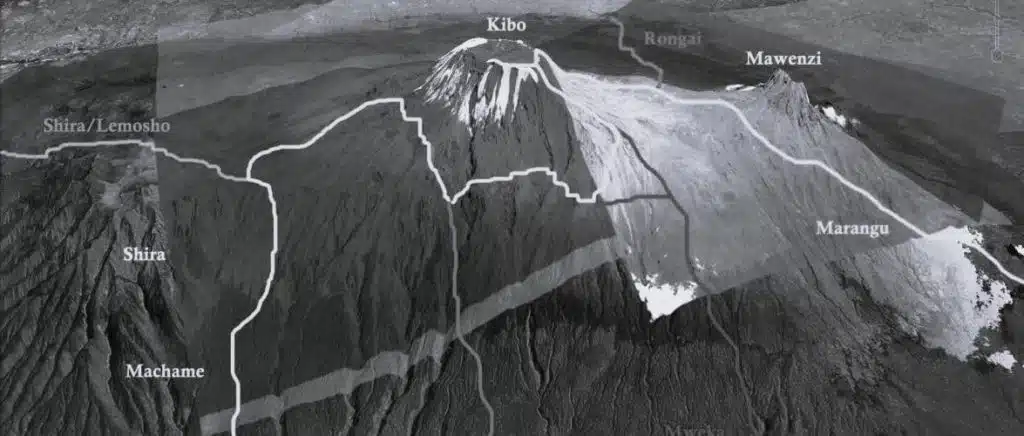
What UNESCO Status Means for Protection
Being a UNESCO site brings more than just fame. It means:
- Conservation protections to prevent overuse or deforestation
- International funding for park preservation
- Support for local communities through regulated tourism
- Scientific monitoring of glaciers, species, and climate impact
- Cultural safeguarding of local traditions and stories
When you climb with responsible operators like Kili Quests, you directly support sustainable tourism and cultural preservation.
A Natural Wonder in the Heart of Africa
Mount Kilimanjaro may not appear in every “official” wonders list, but it remains a wonder of the world in spirit, scale, and symbolism.
- It challenges the body,
- Inspires the soul,
- And connects you to nature and tradition in powerful ways.
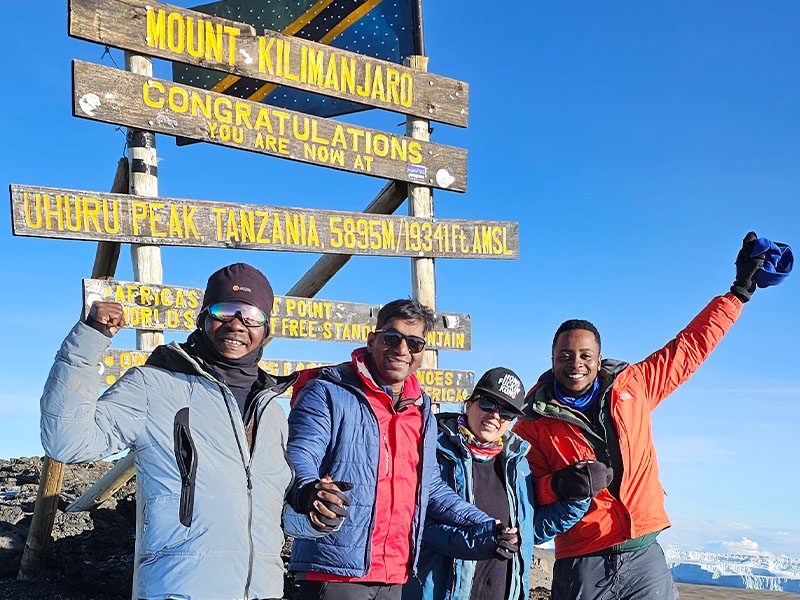
Plan Your Kilimanjaro Adventure with Experts
At Kili Quests, we don’t just guide you to the summit — we help you experience the magic and meaning of Africa’s highest mountain.Whether you’re chasing a dream, testing your limits, or exploring one of Earth’s great landmarks, we’re here to guide every step.
Start your journey today — contact Kili Quests for personalized Kilimanjaro treks.
Related Articles

Uhuru Peak Meaning: Kilimanjaro’s Summit & Independence
April 15, 2025
No Comments
Table of Contents From Kaiser Wilhelm Spitze to Uhuru Peak: Kilimanjaro and Tanzania’s Independence | Kili Quests Mount Kilimanjaro’s summit is known today as
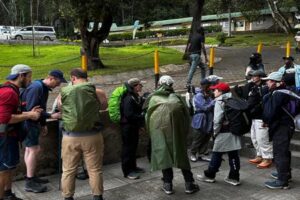
Mount Kilimanjaro: Africa’s Most Famous Mountain Landmark
April 15, 2025
No Comments
Table of Contents Why Kilimanjaro Is Africa’s Most Iconic Landmark | Kili Quests Mount Kilimanjaro is one of the most recognized and revered natural

Kilimanjaro’s Ecological Zones & Altitude Guide Explained
April 15, 2025
No Comments
Table of Contents Mount Kilimanjaro’s Ecological Zones Explained | Kili Quests Mount Kilimanjaro is not only Africa’s tallest peak — it’s a vertical world


